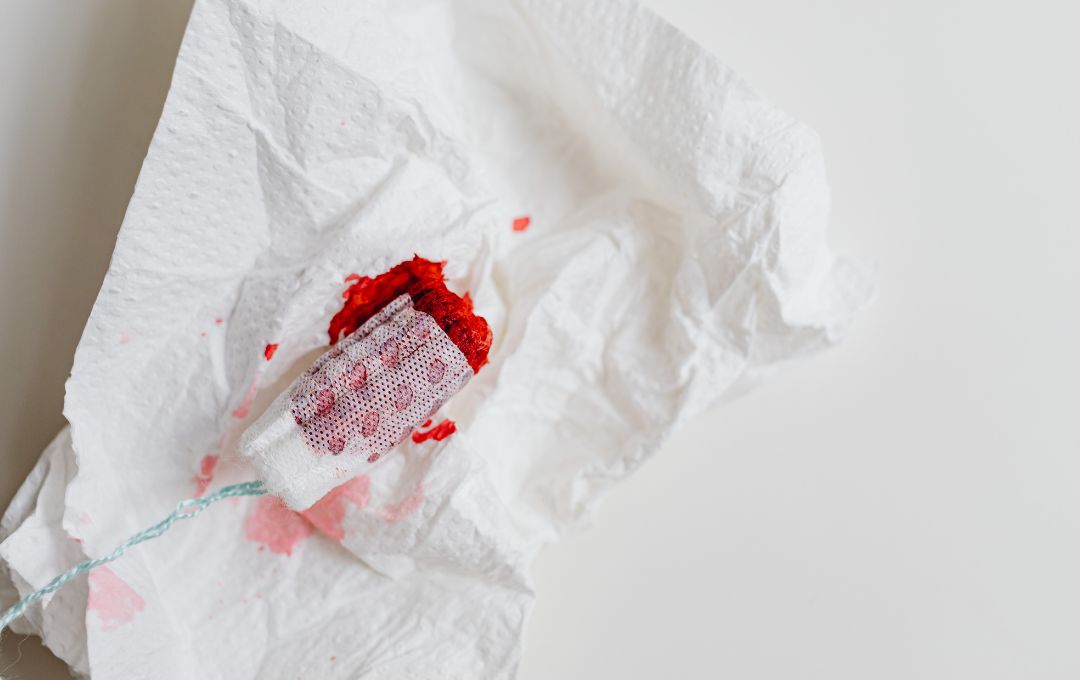
For women experiencing heavy menstrual bleeding, also known as menorrhagia, daily life can become an ongoing struggle. One of the most common underlying causes of menorrhagia is uterine fibroids—noncancerous growths in the uterus that can lead to excessive bleeding, prolonged periods, and significant discomfort.
Fortunately, a minimally invasive procedure called uterine fibroid embolization (UFE) has emerged as an effective treatment option. This blog delves into how UFE works, its benefits, and how it can help alleviate heavy menstrual bleeding caused by fibroids.
How UFE Addresses Heavy Menstrual Bleeding
Uterine Fibroid Embolization (also known as Uterine Artery Embolization) directly targets the fibroids responsible for heavy bleeding. By cutting off their blood supply:
- Shrinking Fibroids: The reduction in size alleviates pressure on the uterine lining and decreases bleeding.
- Restoring Uterine Function: As fibroids shrink, the uterus can contract more effectively during menstruation, reducing the volume of blood loss.
- Long-Term Results: Studies show that UFE significantly improves heavy bleeding in up to 90% of patients.
Benefits of UFE for Menorrhagia
UFE offers several advantages over other treatments, such as hysterectomy or myomectomy:
- Minimally Invasive: No large incisions are required, leading to faster recovery times.
- Uterus Preservation: Unlike hysterectomy, UFE preserves the uterus, making it an option for women who wish to retain their reproductive organs.
- Effective Symptom Relief: Most women experience reduced bleeding and improved quality of life within weeks of the procedure.
- Outpatient Procedure: Many UFE procedures are performed on an outpatient basis, allowing patients to return home the same day.
Who Is a Candidate for UFE?
UFE may be a suitable option if:
- Heavy menstrual bleeding is significantly affecting your daily life.
- You’ve been diagnosed with fibroids as the cause of menorrhagia.
- You wish to avoid surgery, such as hysterectomy or myomectomy.
- Medications have not effectively managed your symptoms.
FAQs About UFE and Menorrhagia
How soon will I notice an improvement in heavy bleeding after UFE?
Most women see improvements in bleeding and other symptoms within weeks and months of the procedure.
Can UFE treat all types of fibroids?
UFE is effective for most fibroid types and locations – your individual success with UFE will be based on your diagnosis and can be discussed with your doctor.
Is UFE a permanent solution for heavy menstrual bleeding?
While UFE provides long-term relief, fibroids can regrow in some cases.
Is UFE painful?
The procedure itself is relatively painless. Post-procedure cramping and discomfort are common but usually subside within a few days.
Does insurance cover UFE?
Most insurance plans cover UFE as a medically necessary procedure for fibroid-related symptoms.
Is UFE Right for Me if I have Menorrhagia?
Uterine fibroid embolization can be an effective treatment for heavy menstrual bleeding caused by fibroids. By shrinking fibroids and restoring normal uterine function, UFE offers an effective, minimally invasive solution that significantly improves quality of life. If menorrhagia is disrupting your daily routine, consulting an interventional radiologist can help you determine whether UFE is the right option for you.



